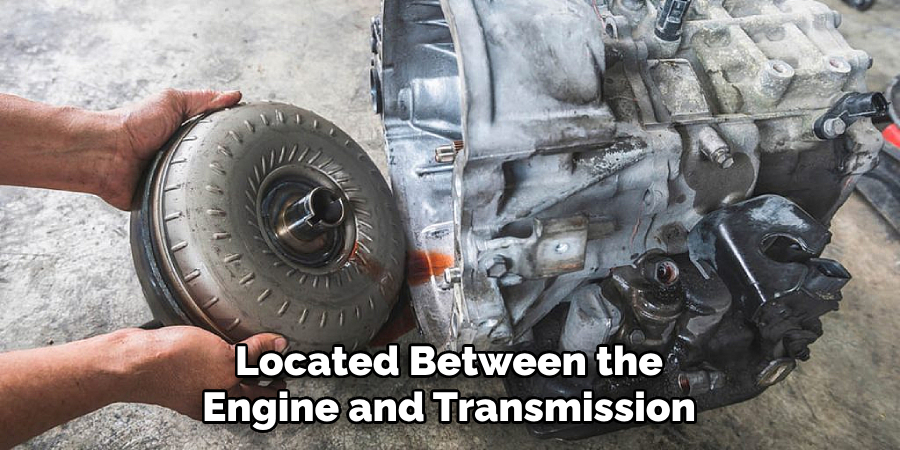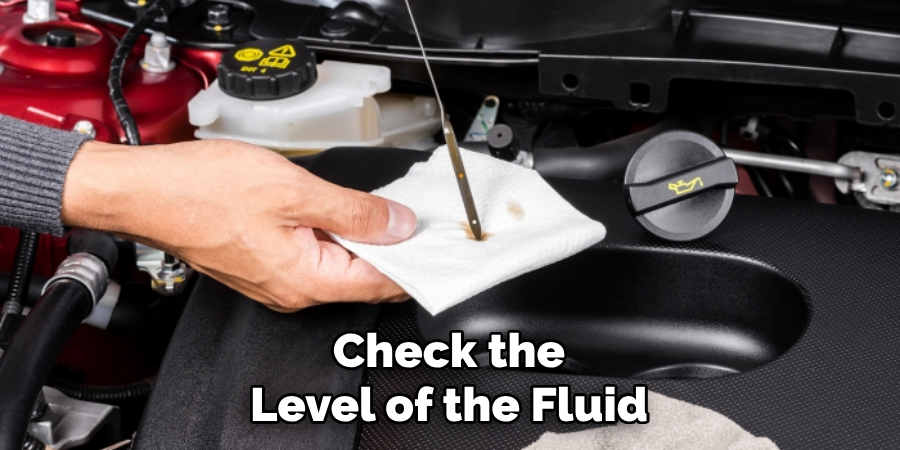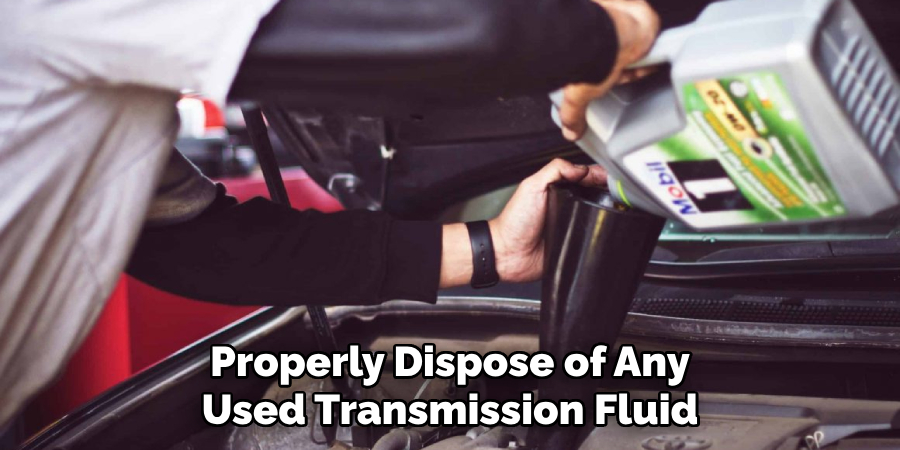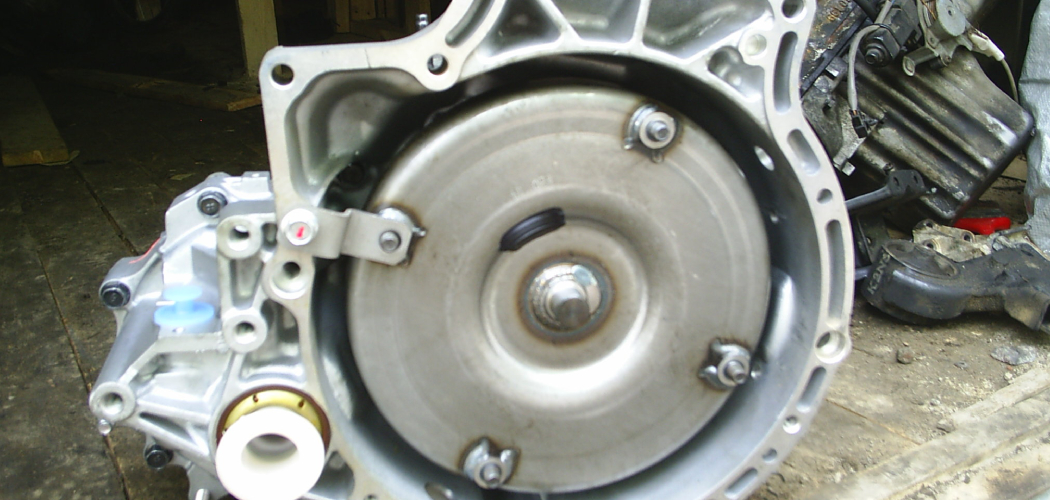Have you ever found yourself looking under the hood of your car, wondering how that swirling mass of liquid inside the torque converter works? I know I’ve been there many times, lifting the hood to check the oil only to stare blankly at what appears to be an underwater vortex machine tucked between the engine and transmission. As mysterious as it seems, the torque converter plays a vital role in smoothly and efficiently transferring power from the engine to the wheels.

In this post, I’ll demystify this complex component and explain the simple process of how to fill a torque converter with the proper transmission fluid. By understanding a bit more about how this key part functions, you’ll feel more confident doing basic fluid maintenance yourself. Let’s lift the hood and take a closer look at what makes the torque converter tick.
What is a Torque Converter?
Before diving into the filling process, let’s briefly go over what exactly a torque converter is and what it does. A torque converter is essentially a fluid coupling that connects the engine to the transmission in an automatic car. It allows for smooth power transfer by using hydraulic pressure to transmit power from the engine to the transmission.
In simpler terms, the torque converter takes energy generated by the engine and converts it into rotational force to power the wheels. This is why you may feel a slight delay in acceleration when first pressing on the gas pedal in an automatic car – this delay is caused by the fluid coupling of the torque converter.
Supplies You Will Need to Fill a Torque Converter
- A funnel
- A container of transmission fluid
- A torque converter drain plug wrench (if your car has one)
- A jack and jack stands (if needed)
Step-by-step Guidelines on How to Fill a Torque Converter
Step 1: Locate the Torque Converter

The torque converter is usually located between the engine and transmission, at the back of the engine. It can sometimes be difficult to locate because it is often hidden by other engine components. Refer to your car’s manual to help you find it if needed. This step may require you to lift your car using a jack and jack stands.
Step 2: Remove the Drain Plug
If your car has a torque converter drain plug, use a wrench to remove it and allow any old transmission fluid to drain out. This step is optional but recommended for a more thorough filling process. While removing the drain plug, be sure to have a container underneath to catch any fluid that may come out. Make sure to dispose of the old fluid properly.
Step 3: Prepare the Funnel and Transmission Fluid
Using a funnel, pour the transmission fluid into an empty container and then into the torque converter. Refer to your car’s manual for the appropriate amount of fluid needed for your specific vehicle. This process can be done either by pouring the fluid directly into the torque converter through a hole or by using a transmission fluid hand pump.
Step 4: Check the Fluid Level

After filling, replace the drain plug (if removed) and check the level of the fluid using a dipstick. It should be within the recommended range indicated on the dipstick. If not, add more fluid until it reaches the correct level. Checking the fluid level is important as an overfilled torque converter can cause damage and an underfilled one can lead to poor performance. Make sure to dispose of any excess fluid properly.
Step 5: Start the Car and Check for Leaks
Start your car and let it run for a few minutes to allow the fluid to circulate. While the engine is running, check for any leaks around the torque converter or drain plug. If there are no leaks, you have successfully filled your torque converter. Make sure to dispose of any used transmission fluid properly. If there are leaks, tighten the drain plug or check for any damaged seals.
Following these simple steps will ensure that your torque converter is properly filled and ready to perform its crucial role in your car’s powertrain system. As with any vehicle maintenance, it’s important to follow the instructions outlined in your car’s manual and dispose of any used fluids properly.
With a bit of knowledge and the right tools, you’ll be able to confidently maintain your car’s torque converter and keep your vehicle running smoothly. Happy driving!
Additional Tips and Tricks to Fill a Torque Converter
1. When filling a torque converter, it’s important to use the correct type of transmission fluid. Refer to your vehicle’s manual or consult with a professional mechanic to determine which type of fluid is recommended for your specific make and model.
2. Before filling the torque converter, make sure it is empty and free from dirt, debris, or any other foreign objects that may have accumulated inside. This will ensure proper operation and prevent potential damage to the transmission.
3. Use a clean funnel or pump to fill the torque converter with fluid. It’s important to avoid any contamination from dirt or debris, which can cause damage to the internal components of the transmission.

4. Slowly pour the fluid into the torque converter while rotating it in a clockwise direction. This will help to evenly distribute the fluid and prevent air pockets from forming inside.
5. Make sure not to overfill the torque converter. Refer to your vehicle’s manual for the recommended fill level or consult with a professional mechanic. Overfilling can cause excess pressure and potentially damage the transmission.
6. Once the torque converter is filled, carefully install it onto the transmission, making sure to align the input shaft and mounting holes correctly.
7. Always check for any leaks after filling the torque converter and running the vehicle. If you notice any leaks, immediately stop the engine and address the issue before continuing to operate the vehicle.
8. It’s recommended to replace the filter and gasket when filling a torque converter, as this will ensure proper sealing and prevent potential leaks.
9. If you are unsure about filling a torque converter or encounter any difficulties, it’s best to consult with a professional mechanic for guidance and assistance. Improper filling can lead to transmission issues and costly repairs.
10. Lastly, make sure to properly dispose of any used transmission fluid according to local regulations and guidelines. This will help protect the environment and prevent potential harm to yourself and others.

Following these additional tips and tricks will help ensure a successful and smooth filling of your torque converter, leading to optimal performance and longevity of your transmission. Always be cautious take your time when performing any maintenance on your vehicle, and consult with a professional if needed. With proper care and attention, you can keep your transmission running smoothly for years to come. Happy driving!
Frequently Asked Questions
Why Do I Need to Fill My Torque Converter?
Torque converters are filled with transmission fluid, which is the lifeblood of any automatic transmission system. It is important to have a properly filled torque converter for your vehicle’s transmission to function correctly. Without enough fluid, the torque converter can’t transfer power from the engine to the transmission, and this can lead to serious damage.
How Do I Know When My Torque Converter Needs to be Filled?
If you’re experiencing transmission issues such as slipping or hesitation, it’s possible that your torque converter needs to be filled. You may also notice a low fluid level when checking the transmission dipstick.
Can I Fill My Torque Converter Myself?
Filling a torque converter can be a tricky and messy job, so it is best left to professionals. However, if you have the necessary tools, knowledge, and experience, it is possible to fill your torque converter on your own. Just be sure to follow proper safety precautions and use the correct type of transmission fluid.
What Type of Transmission Fluid Should I Use?
It’s important to use the correct type of transmission fluid for your specific vehicle. Check your owner’s manual or consult with a mechanic to determine the proper type of transmission fluid for your vehicle. Using the wrong type can cause serious damage to your transmission.
How Often Should I Fill My Torque Converter?
It is recommended to fill your torque converter at every transmission service or every 30,000 miles, whichever comes first. Regularly checking and topping off the fluid level is also important to prevent any potential issues.
Are There Any Other Benefits to Filling My Torque Converter?
In addition to ensuring proper transmission function, filling your torque converter can also improve fuel efficiency and prolong the life of your transmission. By maintaining the correct fluid level, you can avoid costly repairs and keep your vehicle running smoothly.
Conclusion
Now you know how to fill a torque converter and why it is important to do so. Remember to regularly check your transmission fluid level and have your torque converter filled at regular intervals or as needed. If you’re unsure about the process or don’t feel comfortable doing it yourself, be sure to seek professional help from a trusted mechanic.
By properly maintaining your torque converter, you can ensure the smooth operation of your vehicle’s transmission and save yourself from potential headaches and expenses in the future. So, always stay on top of your torque converter maintenance for optimal vehicle performance. Keep your transmission happy and it will keep you moving down the road. Drive safe!

